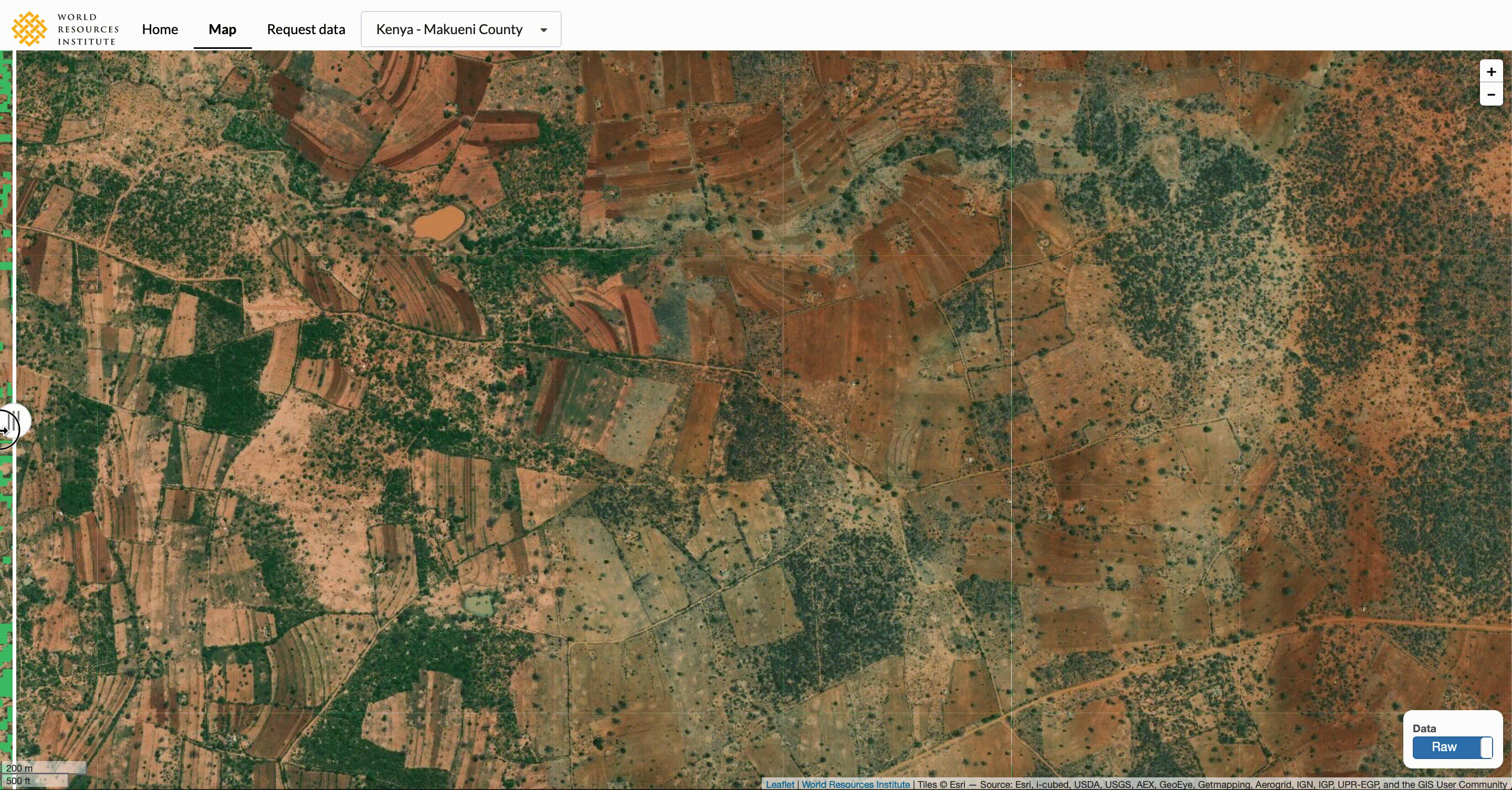A global method to identify trees outside of closed-canopy forests with medium-resolution satellite imagery
Scattered trees outside of dense, closed-canopy forests are very important for carbon sequestration, supporting livelihoods, maintaining ecosystem integrity, and climate change adaptation and mitigation. In contrast to trees inside of closed-canopy forests, not much is known about the spatial extent and distribution of scattered trees at a global scale. Due to the cost of high-resolution satellite imagery, global monitoring systems rely on medium-resolution satellites to monitor land use. Here we present a globally consistent method to identify trees with canopy diameters greater than three meters with medium-resolution optical and radar imagery. Biweekly cloud-free, pan-sharpened 10 meter Sentinel-2 optical imagery and Sentinel-1 radar imagery are used to train a fully convolutional network, consisting of a convolutional gated recurrent unit layer and a feature pyramid attention layer. Tested across more than 215,000 Sentinel-1 and Sentinel-2 pixels distributed from -60 to +60 latitude, the proposed model exceeds 75% user's and producer's accuracy identifying trees in hectares with a low to medium density (less than 40%) of tree cover, and 95% user's and producer's accuracy in hectares with dense (greater than 40%) tree cover. The proposed method increases the accuracy of monitoring tree presence in areas with sparse and scattered tree cover (less than 40%) by as much as 20%, and reduces commission and omission error in mountainous and very cloudy regions by nearly half. When applied across large, heterogeneous landscapes, the results demonstrate potential to map trees in high detail and accuracy over diverse landscapes across the globe. This information is important for understanding current land cover and can be used to detect changes in land cover such as agroforestry, buffer zones around biological hotspots, and expansion or encroachment of forests.
PDF Abstract